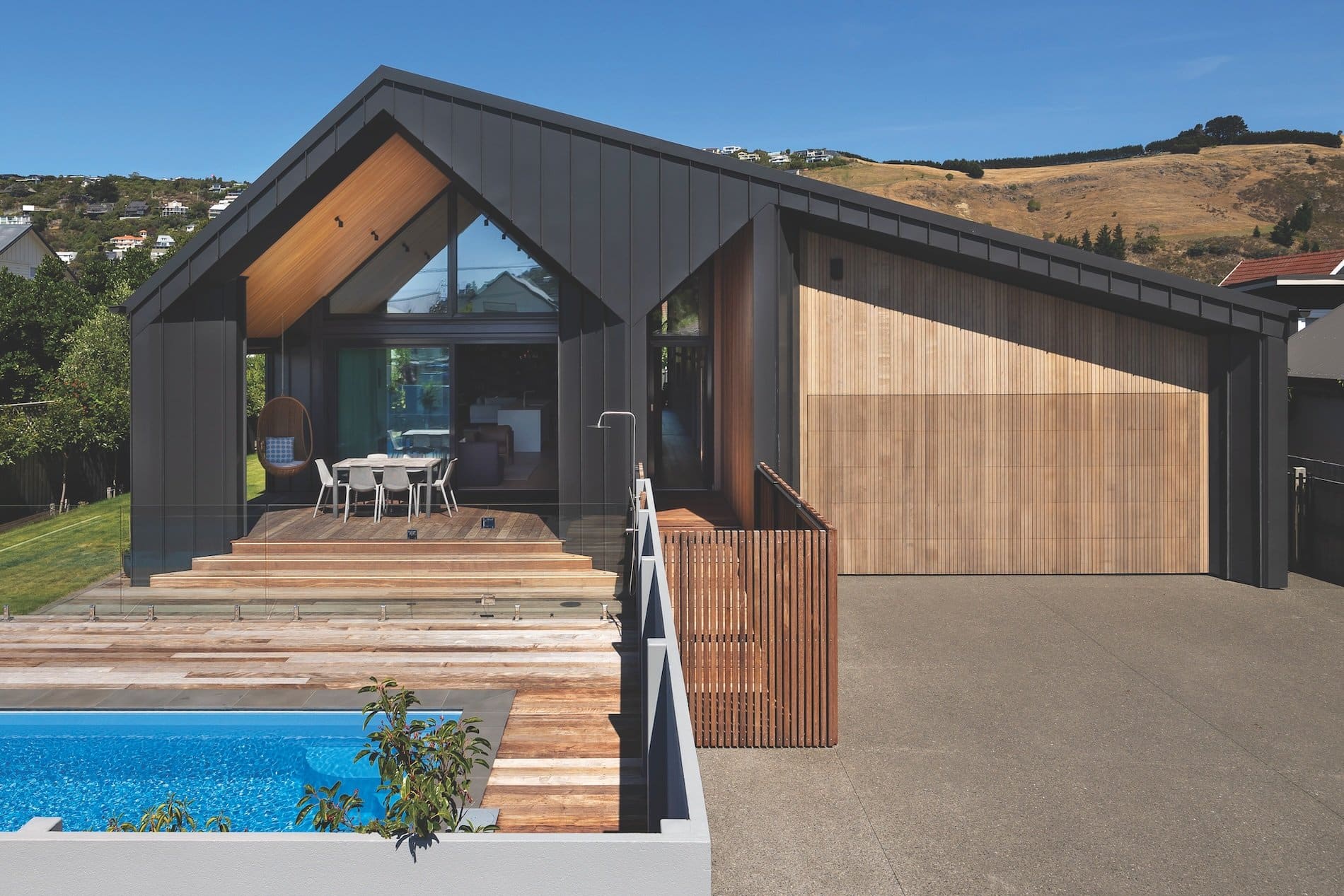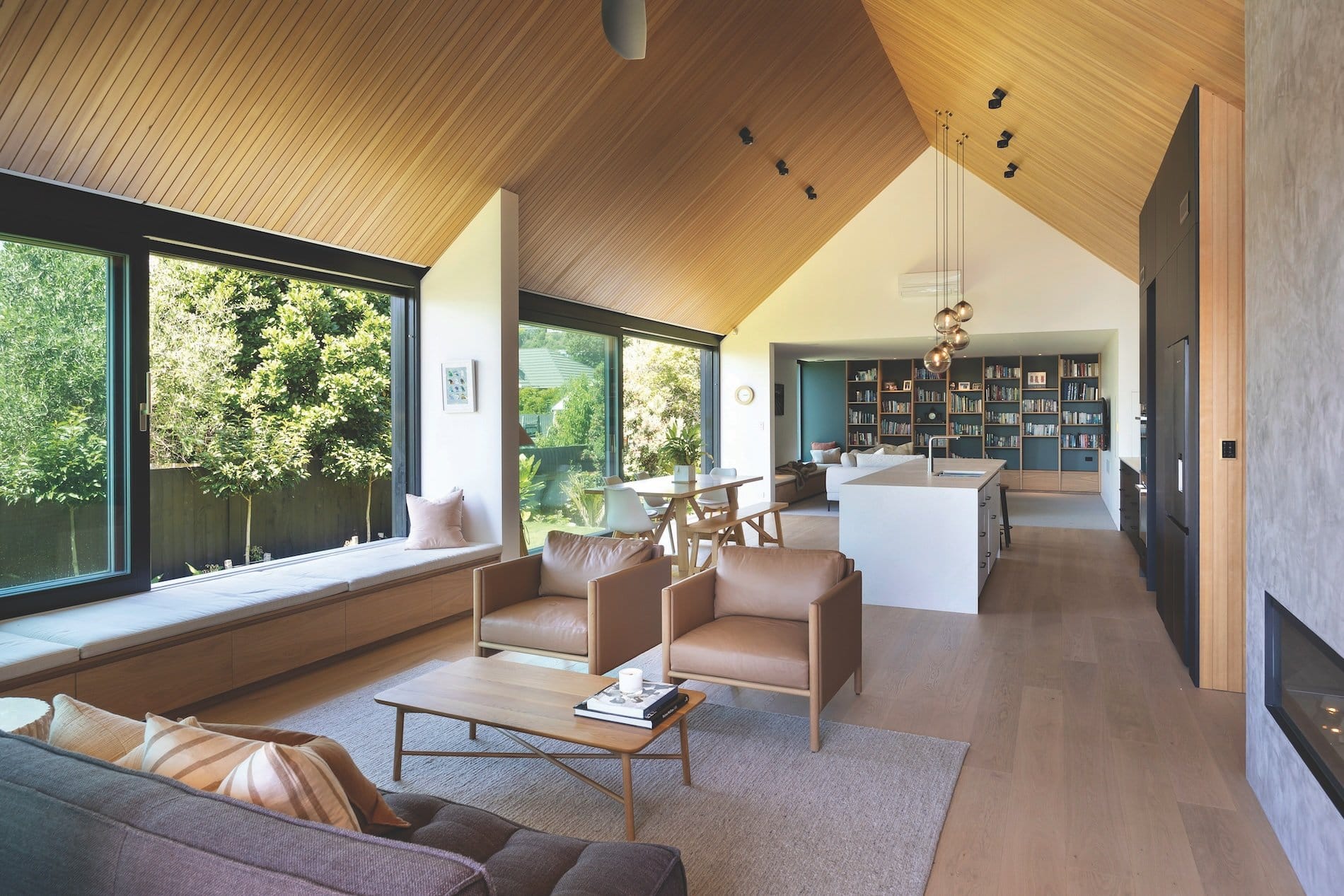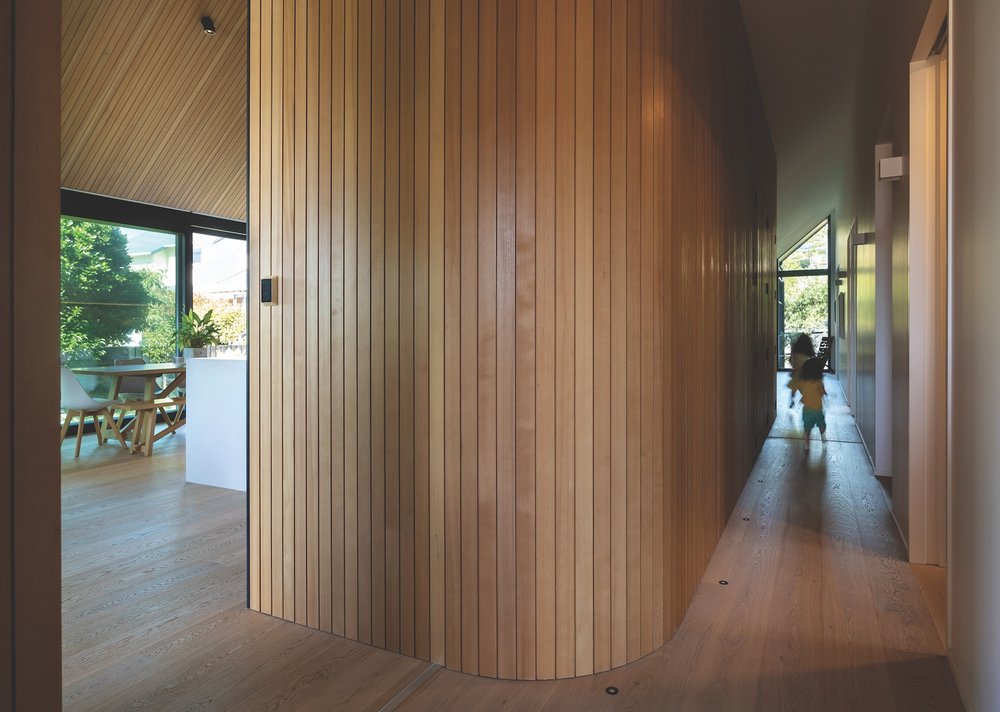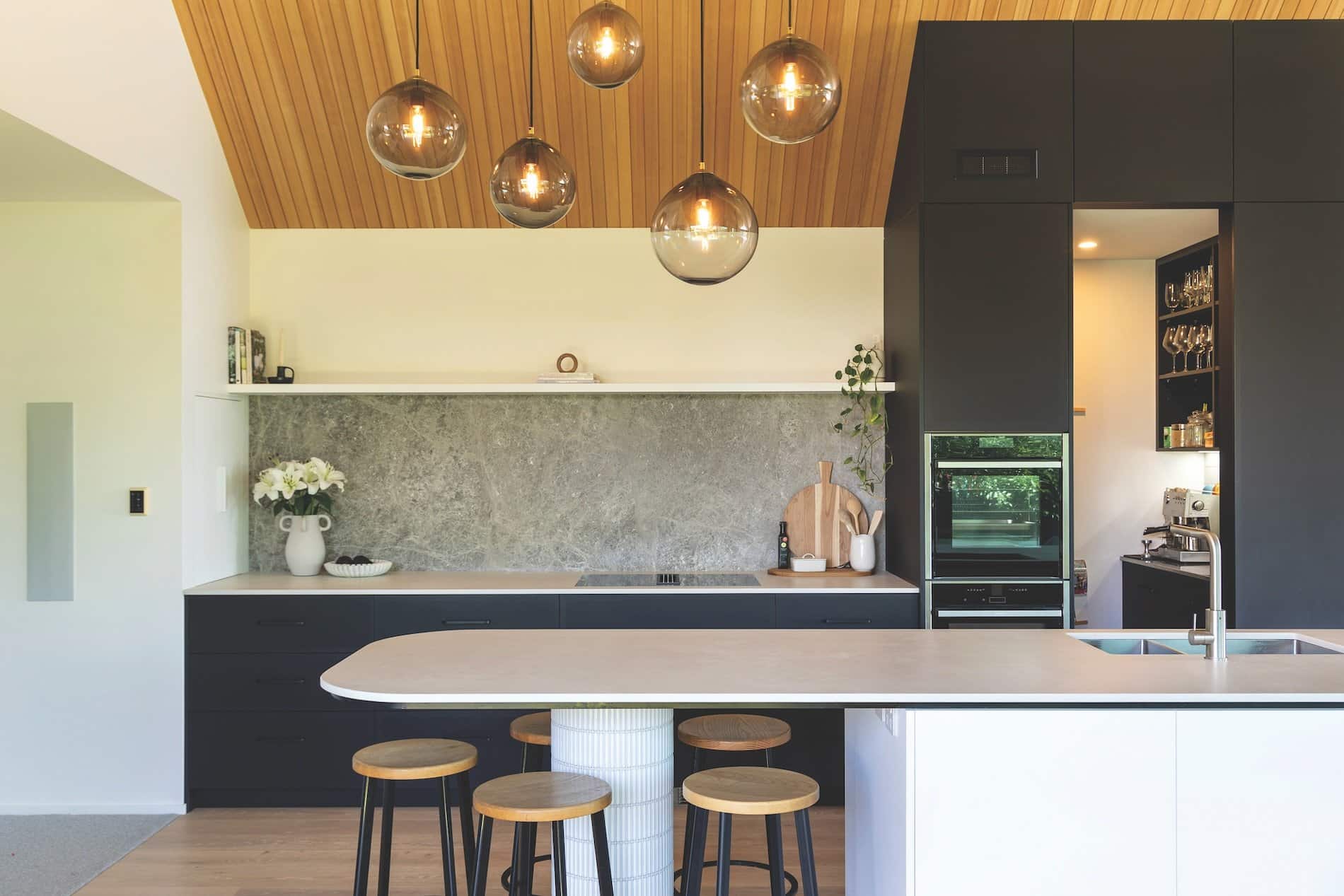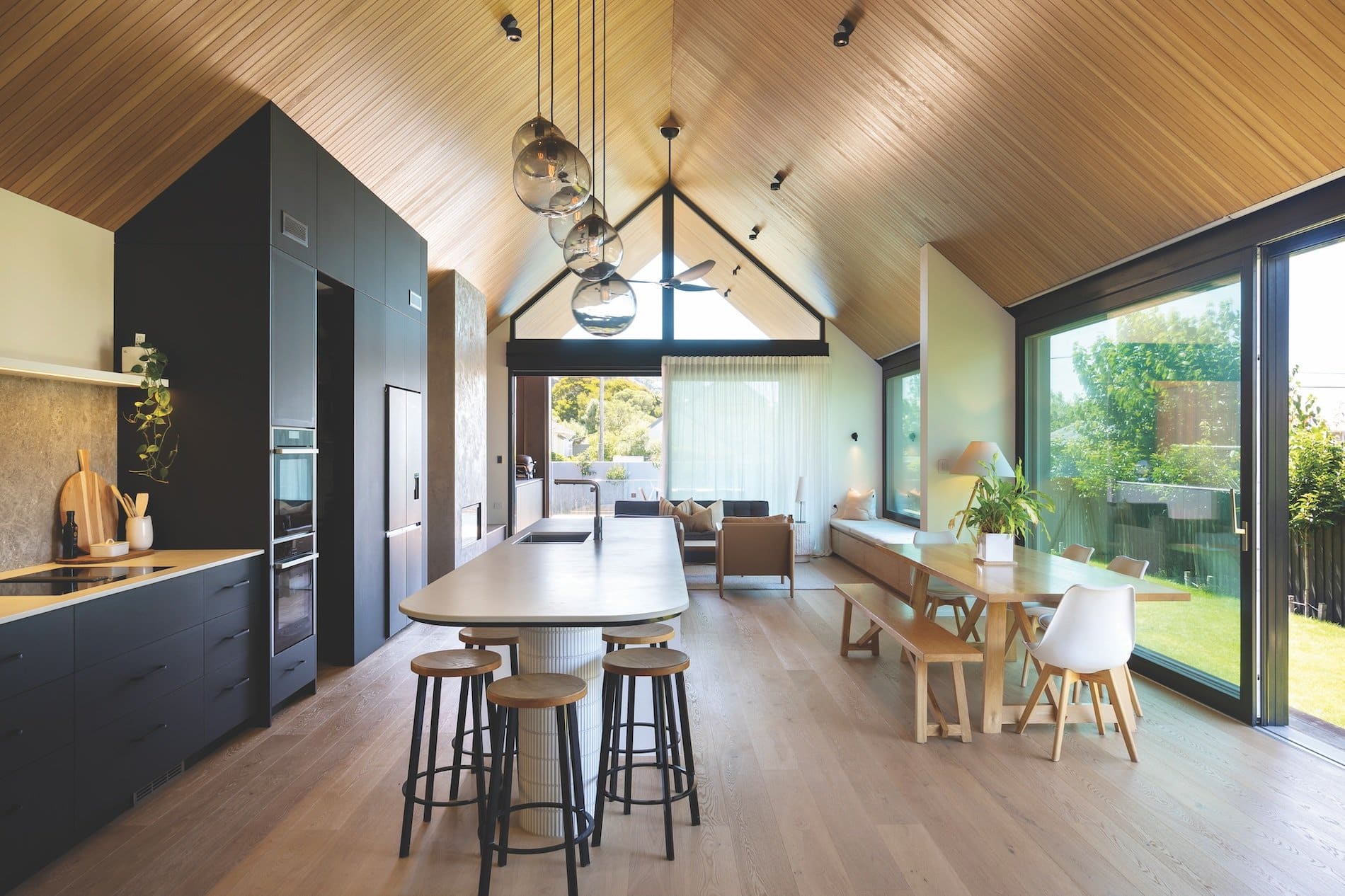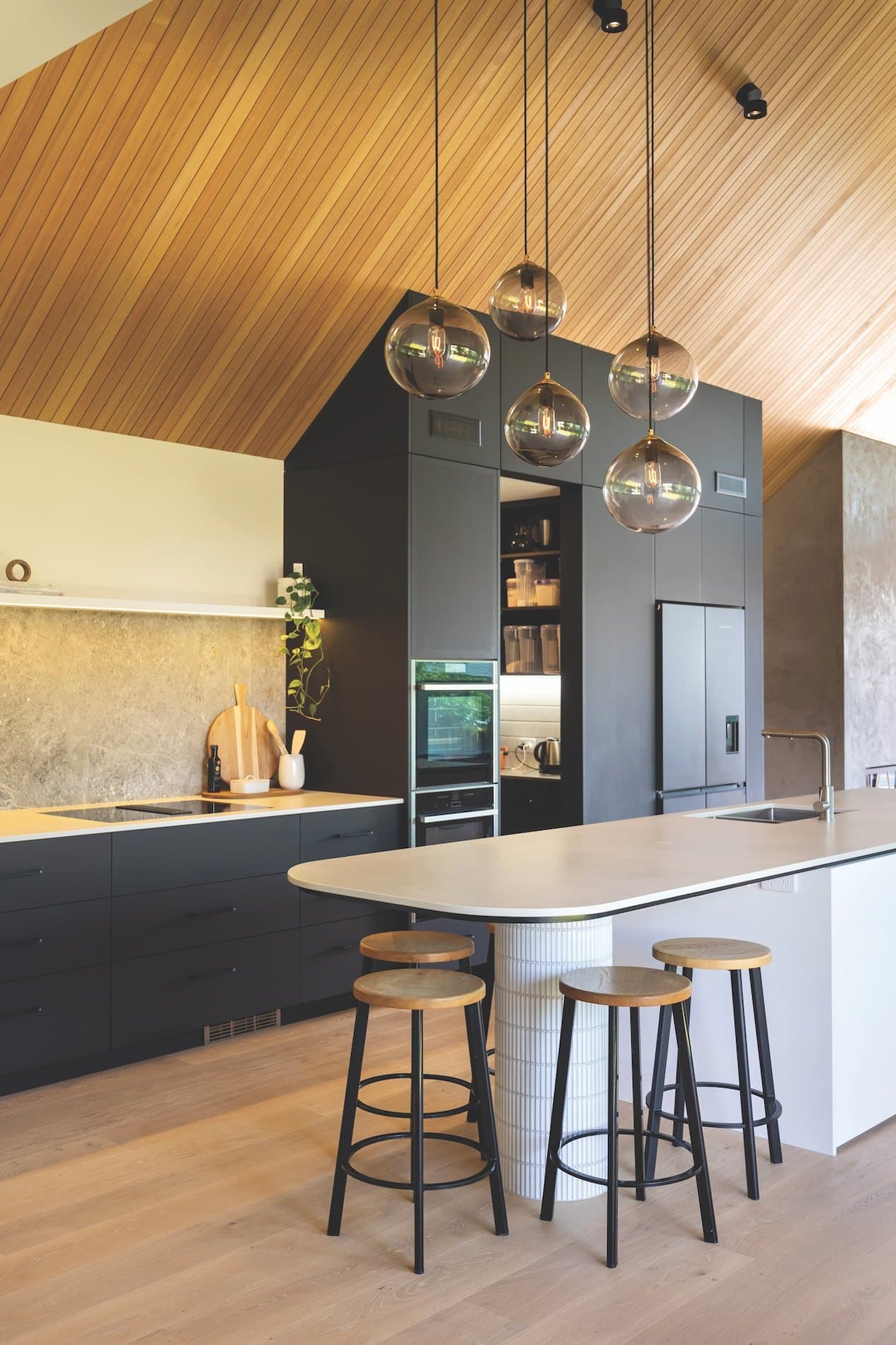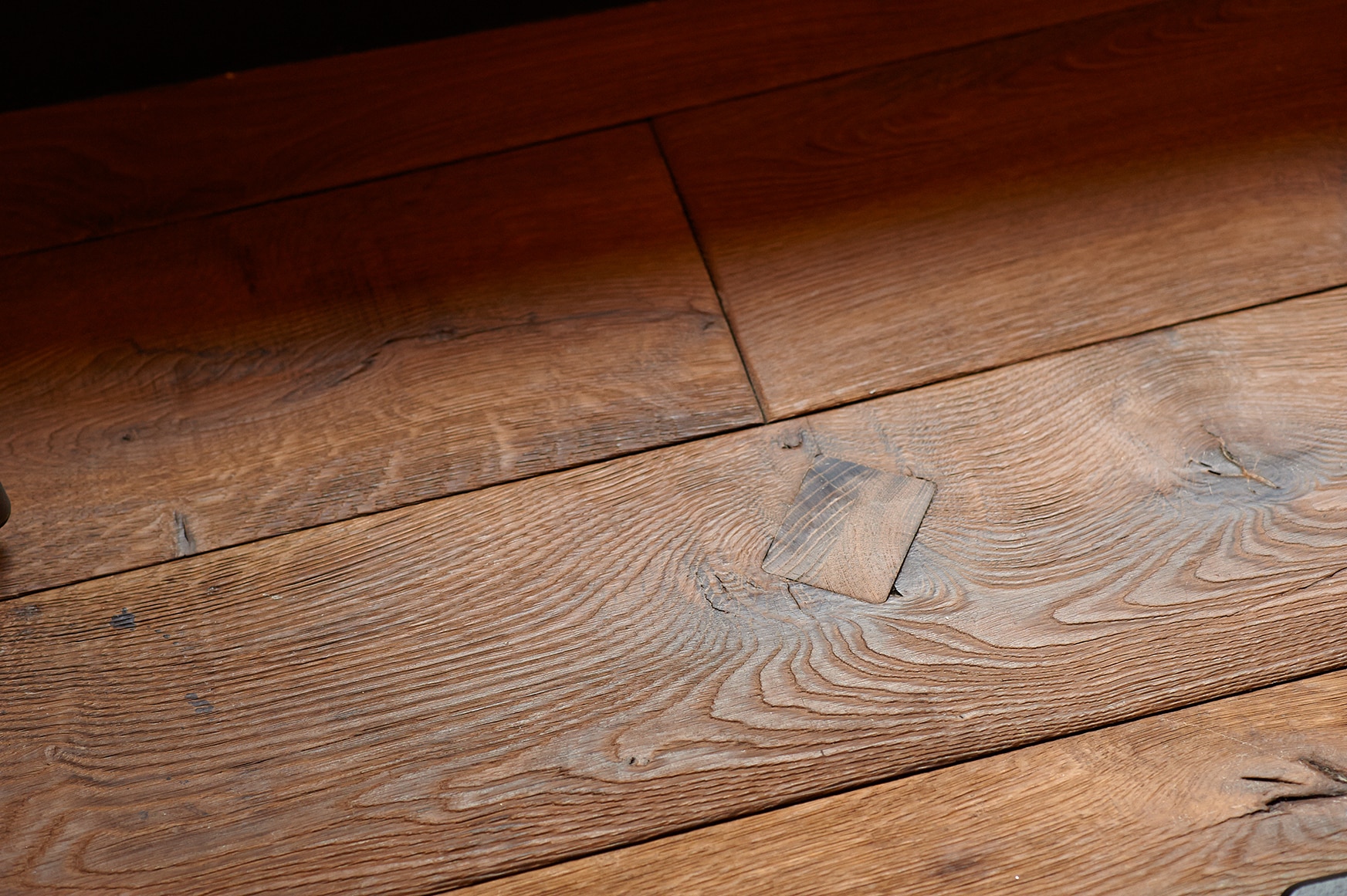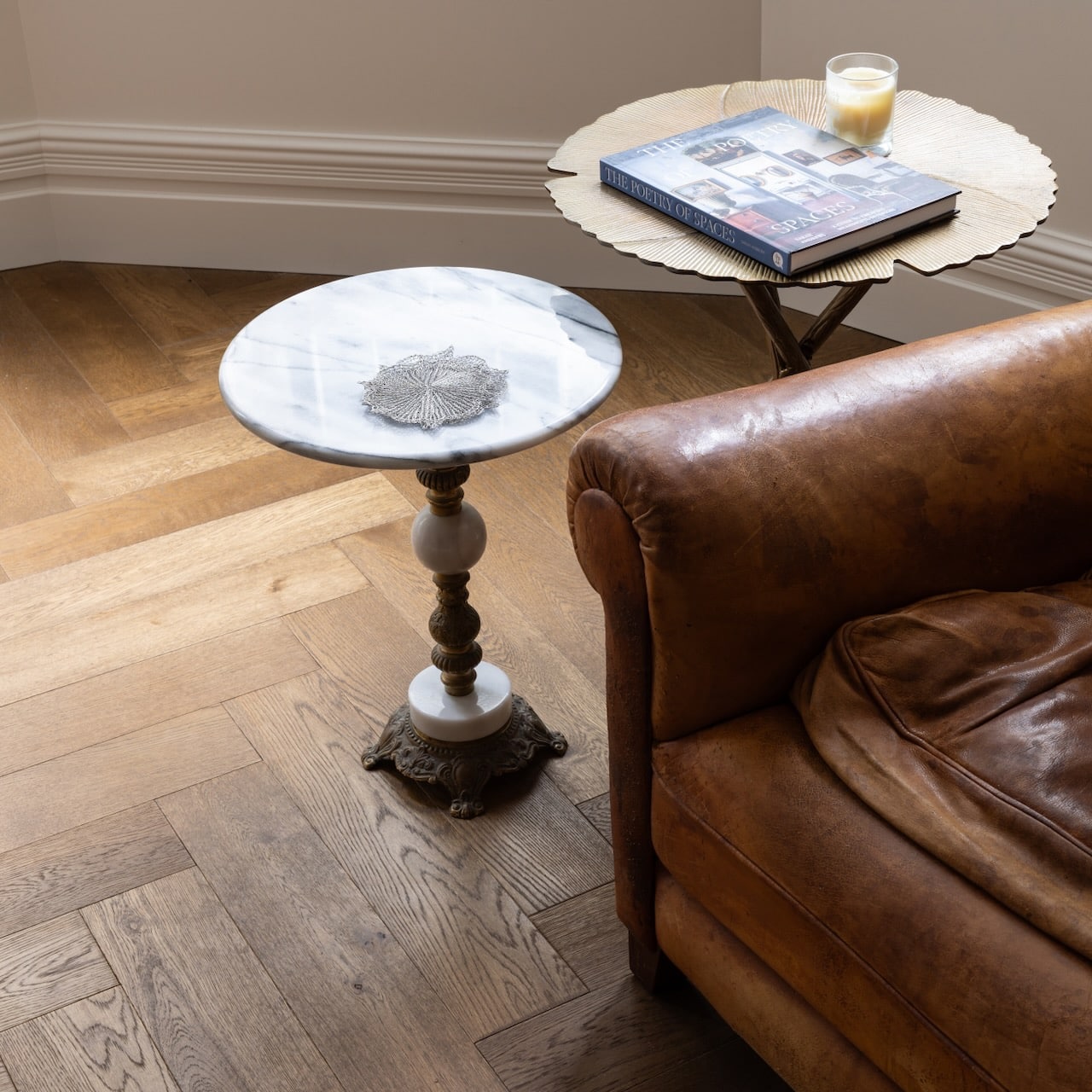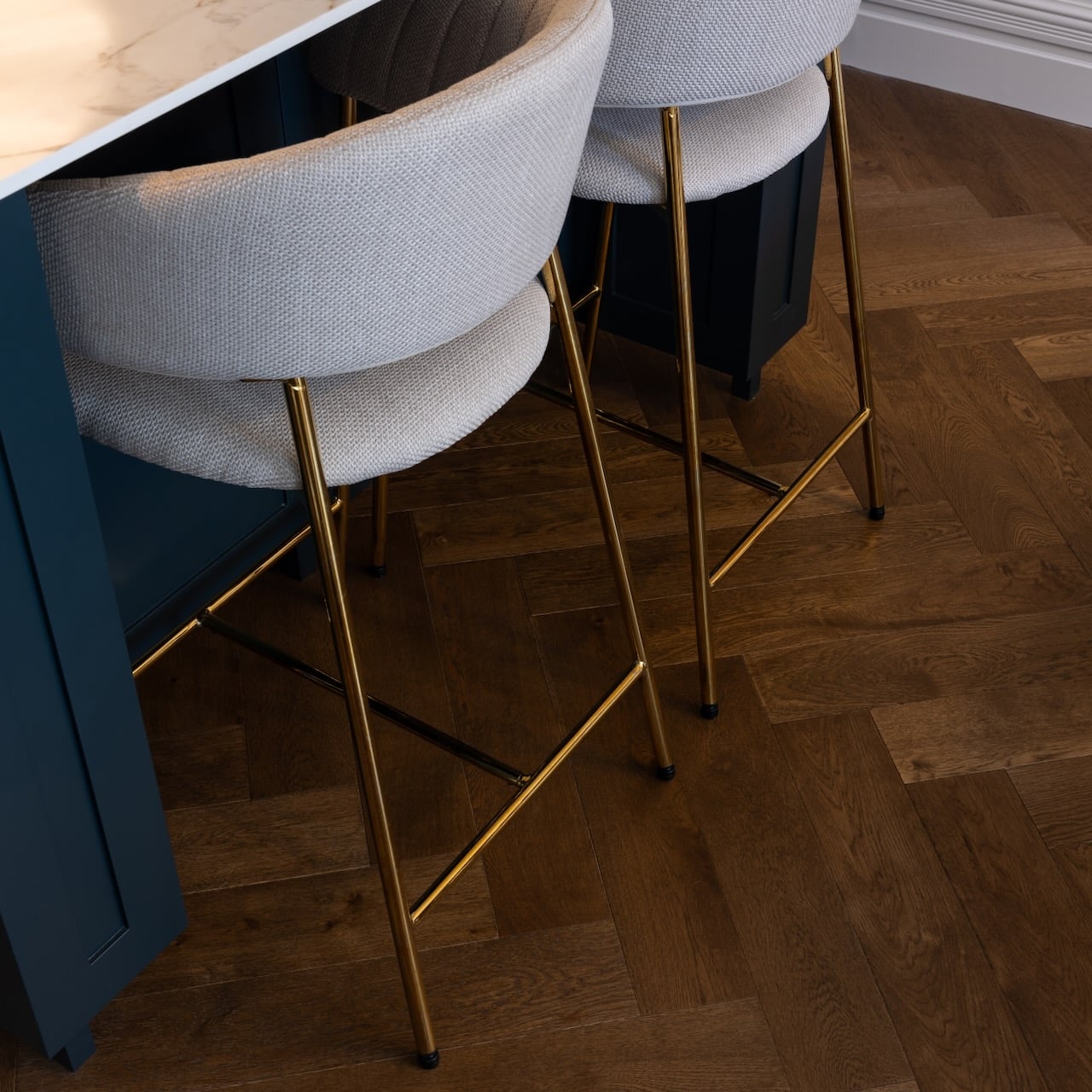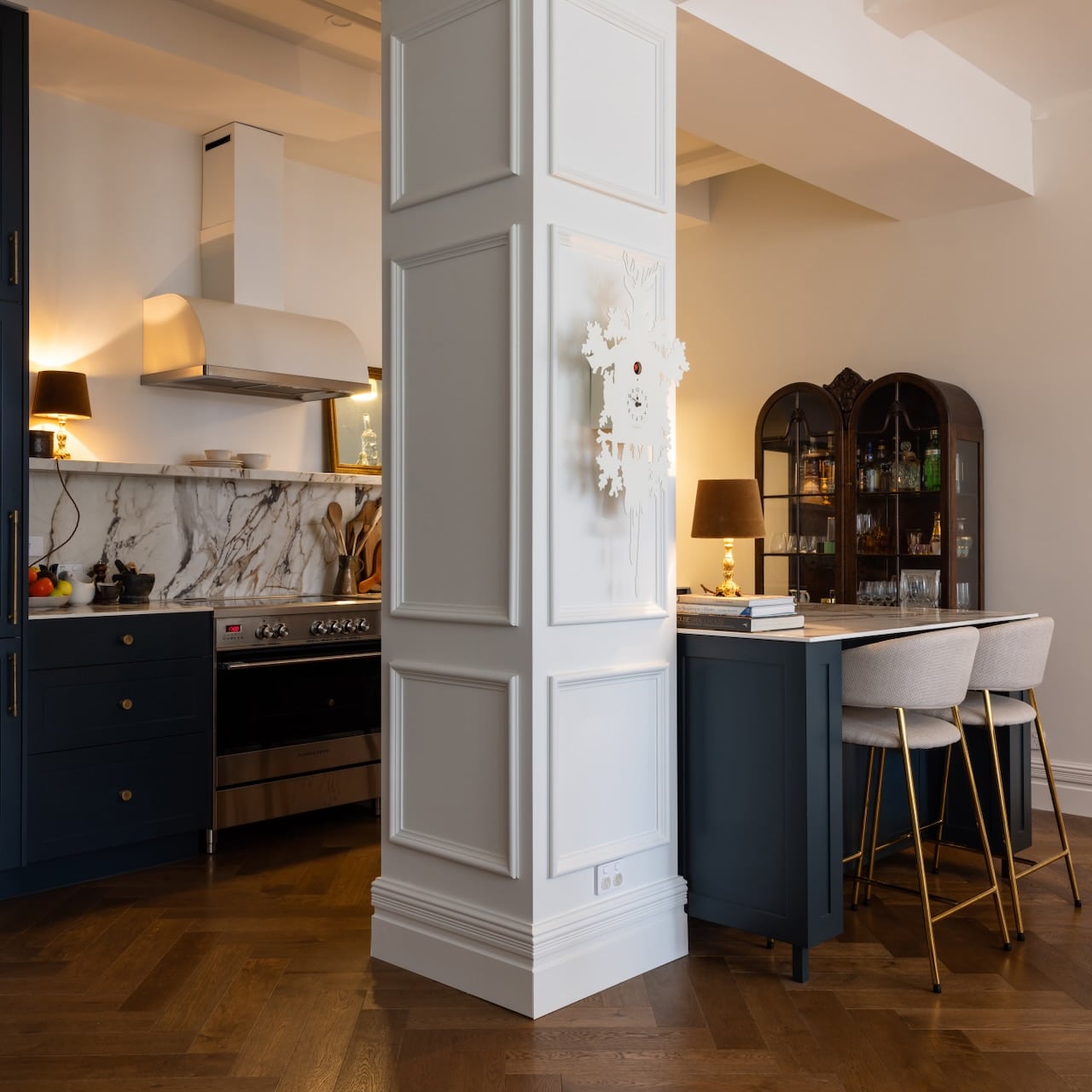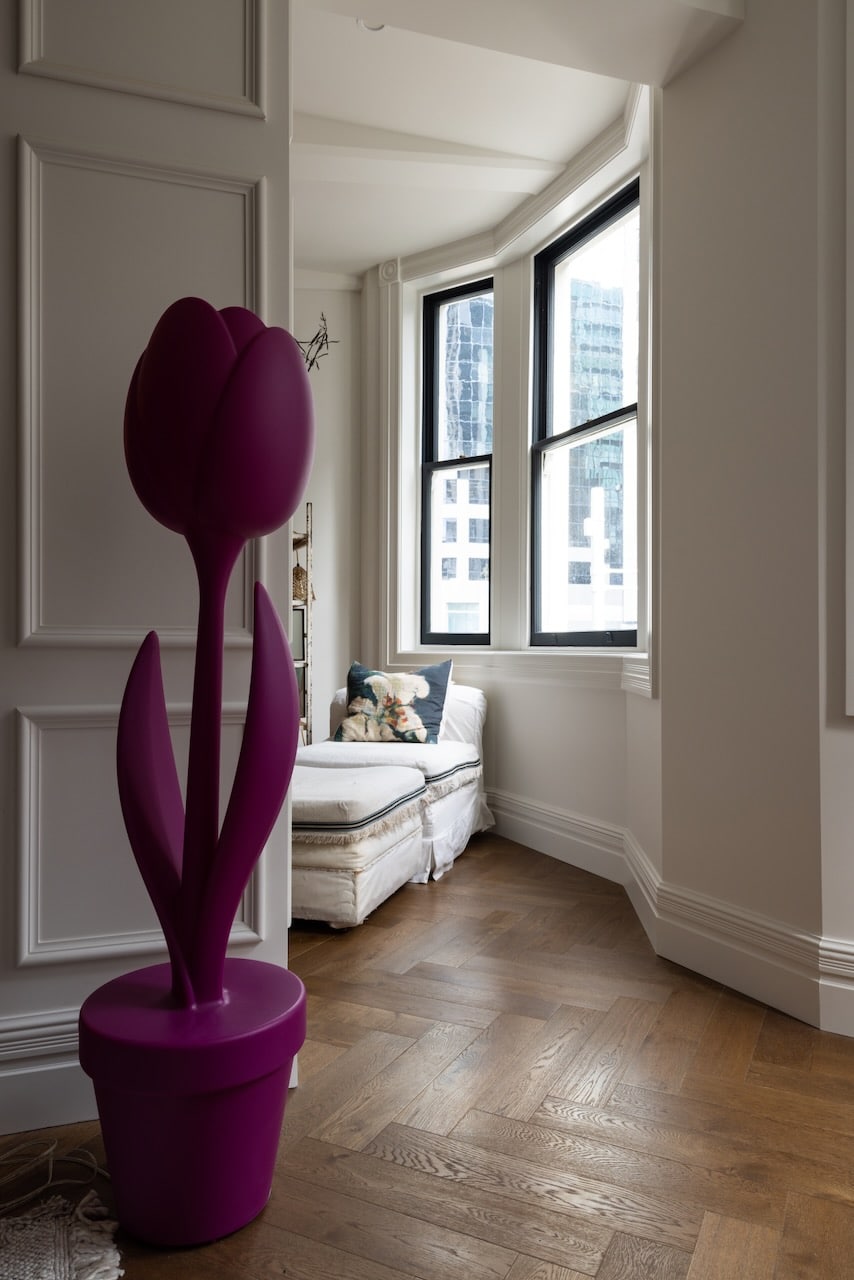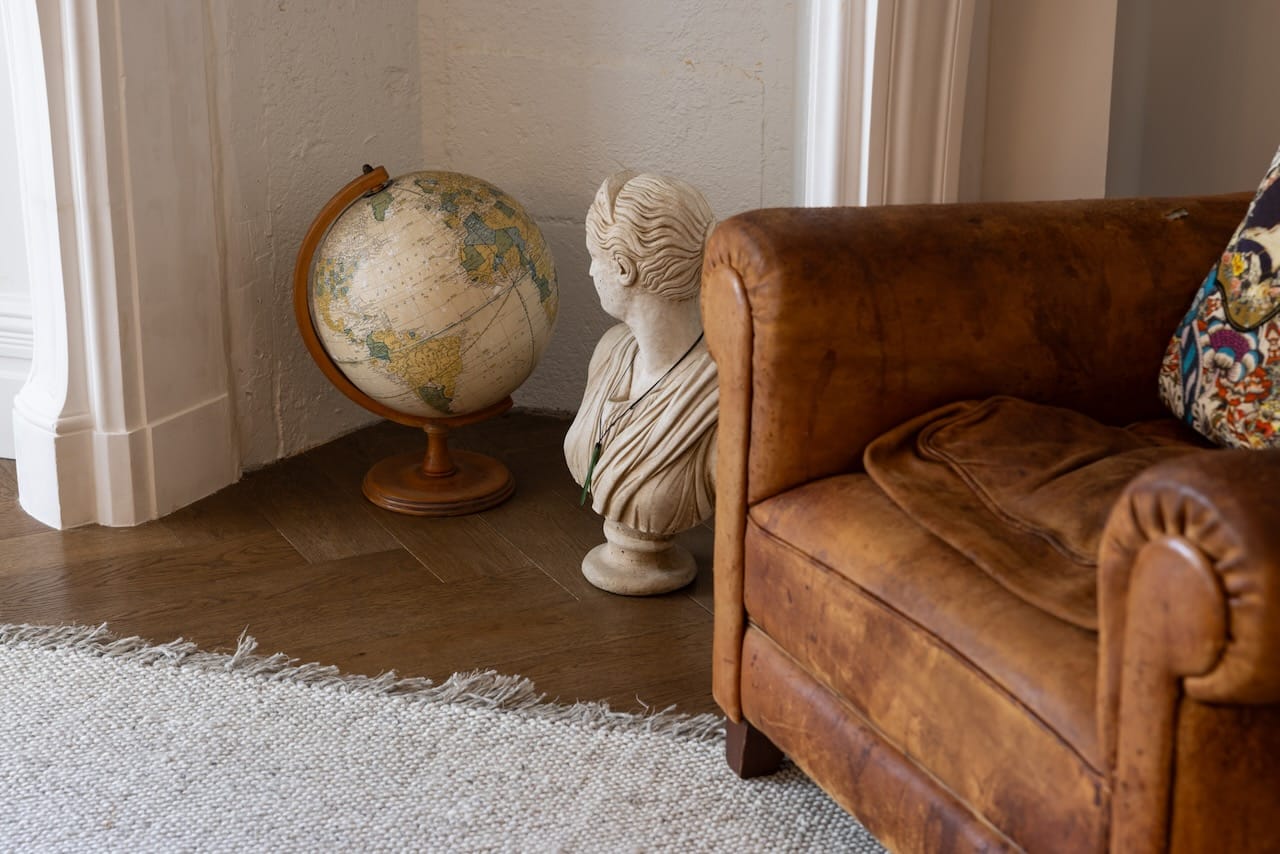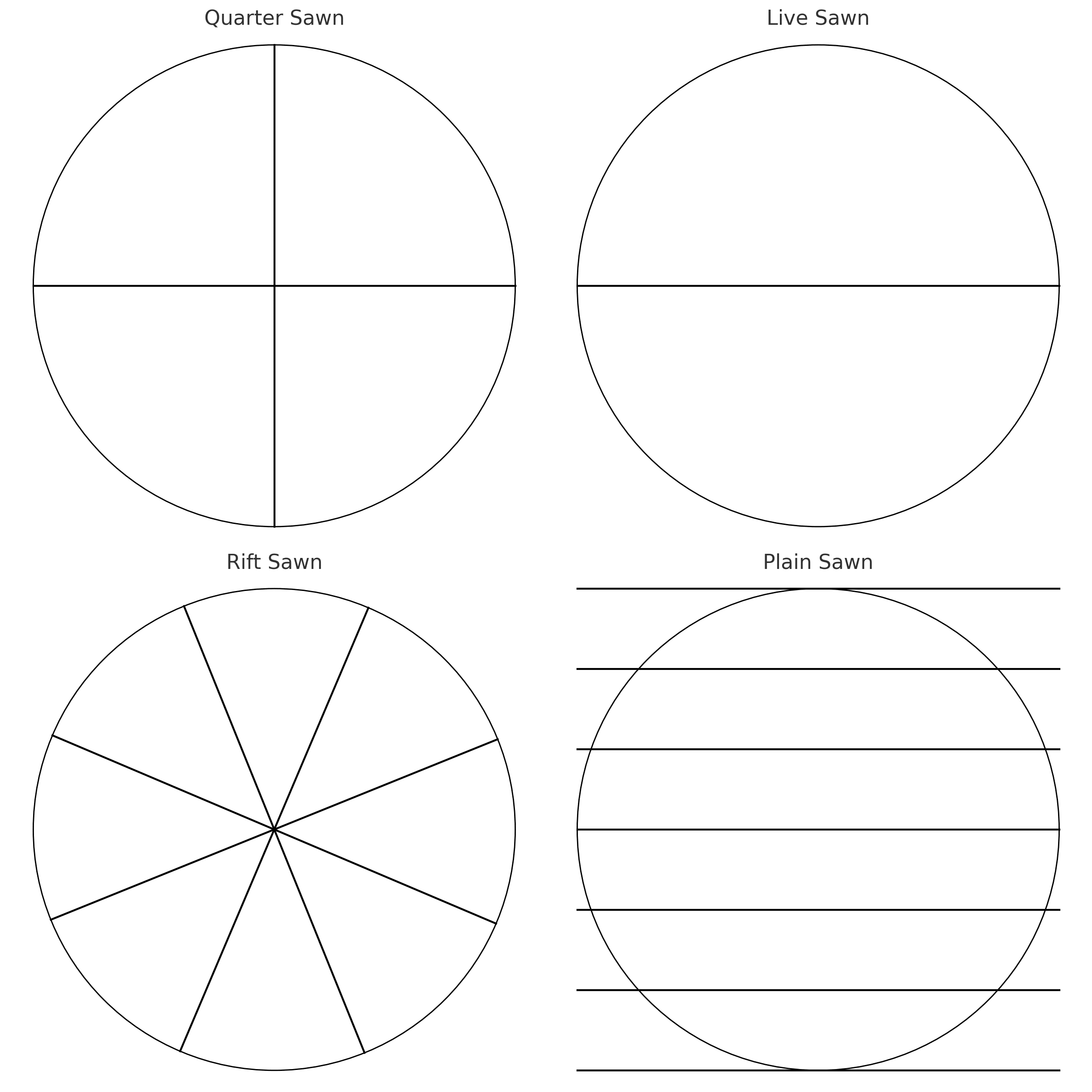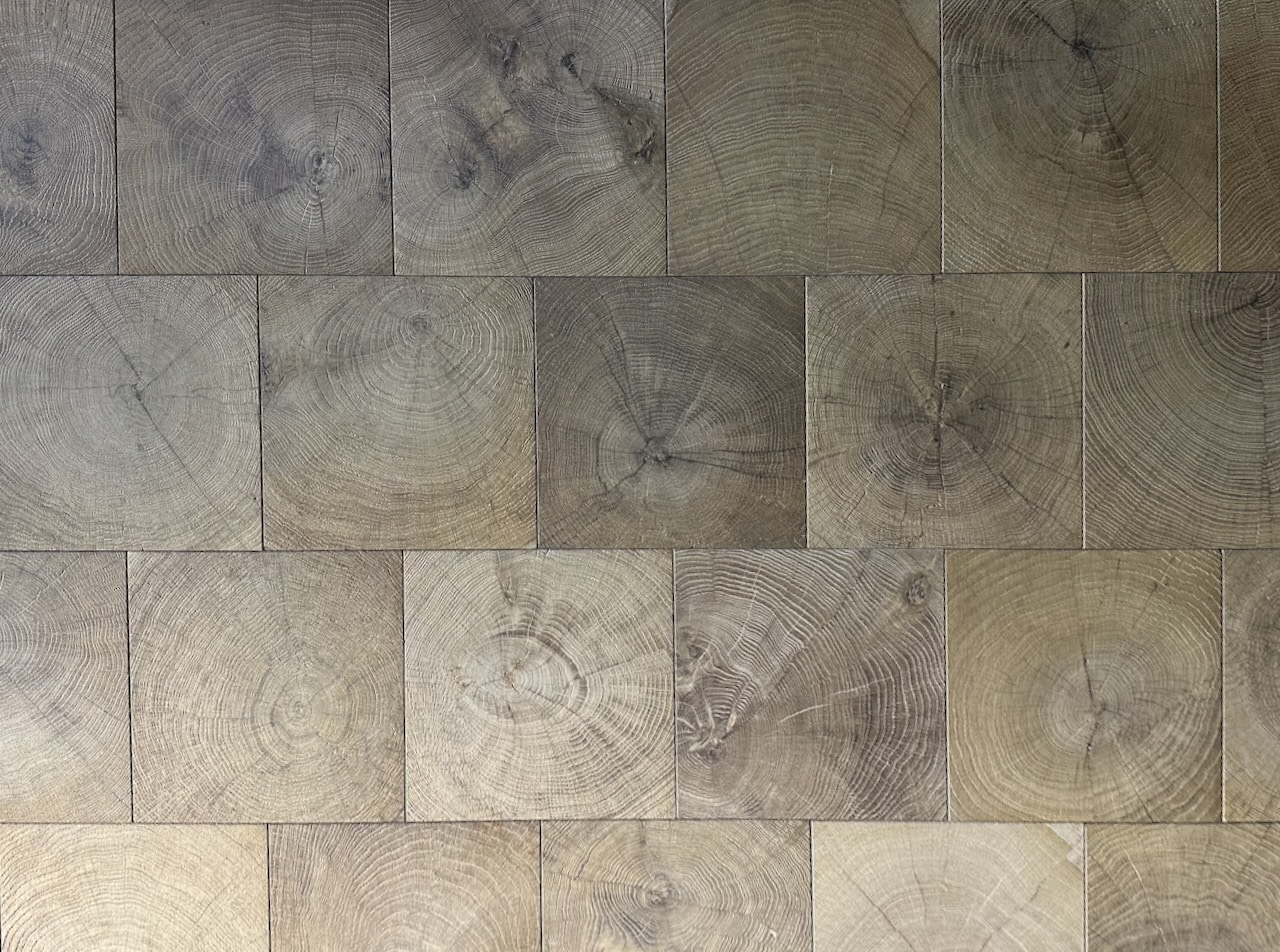Oiled Timber Flooring in Christchurch Passive Home
In the picturesque coastal suburb of Sumner, Ōtautahi, a groundbreaking home is setting a new standard for sustainable, high-performance living with its oiled timber floor. Designed by Aaron Jones, director at Urbanfunction, this project, aptly named “Peak Performance,” demonstrates how energy-efficient principles can harmoniously coexist with architectural elegance. The home is a testament to the evolving vision of residential design in Christchurch, emphasising environmental responsibility without compromising on comfort or style.
Vision and Execution
The brief for was clear: create a near-passive house that serves as a warm, inviting family home. This was a personal project for Aaron, as the clients were his sister and her husband. Having designed their previous home, Aaron was determined to exceed expectations with this new build. The result is a meticulously crafted 300sqm residence that integrates durable, natural materials and cutting-edge energy efficiency.
One of the standout features of this home is its use of a naturally oiled European oak timber floor, supplied by Vienna Woods and crafted by Admonter in Austria. This high-quality engineered oak flooring is not only visually striking but also contributes significantly to the home’s sustainability and indoor air quality. The homeowner was quite particular about avoiding harmful chemicals and an oiled timber floor was the obvious choice. See another NZ home with Admonter oiled floors here.
The Role of Oiled Timber Flooring
An oiled timber floor plays a crucial role in enhancing both the aesthetic and functional aspects of the Peak Performance home. The choice of a naturally oiled finish over traditional lacquers aligns perfectly with the project’s emphasis on health, sustainability, and durability.
Oiled timber floors offer several benefits:
- Natural Look and Feel: The oil penetrates the wood, highlighting its natural grain and texture, giving each plank a unique and organic appearance.
- Durability: The oil finish provides a robust protective layer that can withstand the wear and tear of a busy family home while being easy to maintain and repair.
- Indoor Air Quality: Unlike some finishes that can off-gas harmful chemicals, natural oils are non-toxic, supporting the home’s goal of low to no off-gassing.
- Sustainability: The oil used in finishing the floors is derived from natural sources, aligning with the home’s overall eco-friendly ethos.
These benefits were particularly important for the homeowners, who desired an airtight home with low to no off-gassing. The natural oiled finish of the Vienna Woods European oak flooring ensured that the indoor environment remained healthy and sustainable.
Read more about the benefits of naturally oiled wooden flooring here.
Collaborative Excellence
The success of the Peak Performance project was the result of a collaborative effort involving several skilled professionals. Aaron Jones and the team at Urbanfunction worked closely with suppliers and craftsmen to ensure every detail met the high standards required for a super high-performance home.
- Architect: Aaron Jones, Urbanfunction
- Bespoke Cabinetry: Podocarp Cabinetry, responsible for the custom-made kitchen cabinetry and American oak joinery, which complemented the natural aesthetic of the oiled timber floors.
- Photography: Stephen Entwisle of Right Angles Photography, capturing the beauty and functionality of the home with stunning visuals.
Sustainable Design Features
In addition to the oiled timber flooring, the Peak Performance home incorporates several innovative features aimed at maximizing energy efficiency and sustainability:
- Twin-Skinned Timber Framing: Thicker than standard building code requirements, providing superior insulation.
- Cross-Laminated Panel Flooring System: Enhances the structural integrity and thermal performance of the home.
- Triple-Glazed Windows: Imported from Lithuania, these windows optimize natural light and solar gain while minimizing heat loss.
- Mechanical Ventilation Heat Recovery System (MVHR): Ensures optimal indoor air quality and energy efficiency by continuously exchanging indoor air with fresh outdoor air.
This home in Sumner stands as a beacon of what’s possible in sustainable residential design. With its naturally oiled European oak timber floors from Vienna Woods, it exemplifies the perfect blend of aesthetic beauty, durability, and environmental responsibility. As more homeowners seek to reduce their environmental footprint, the principles and practices demonstrated in this project will undoubtedly lead the way, showcasing the immense potential of super high-performance house design.
